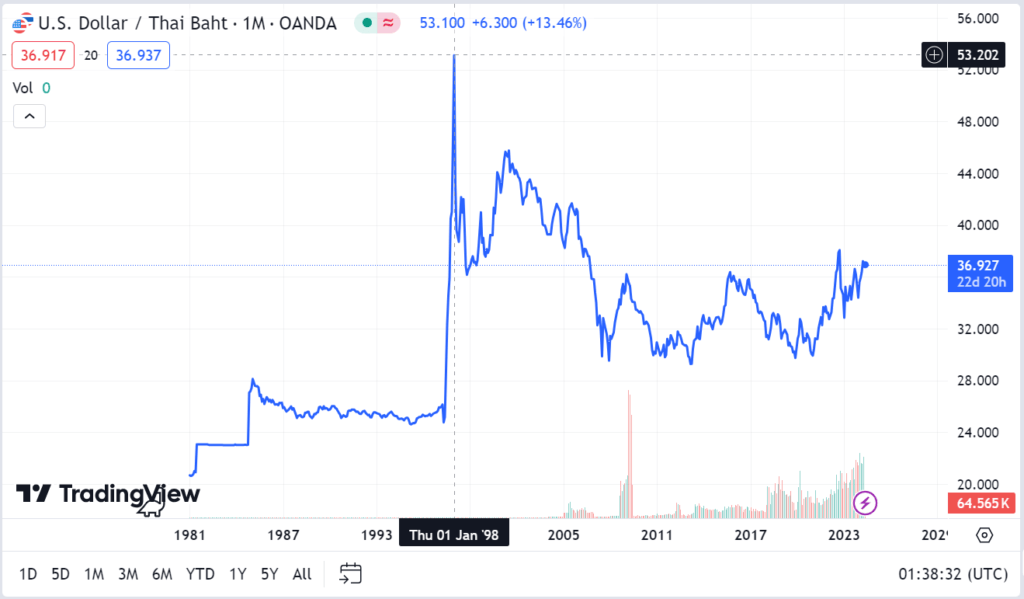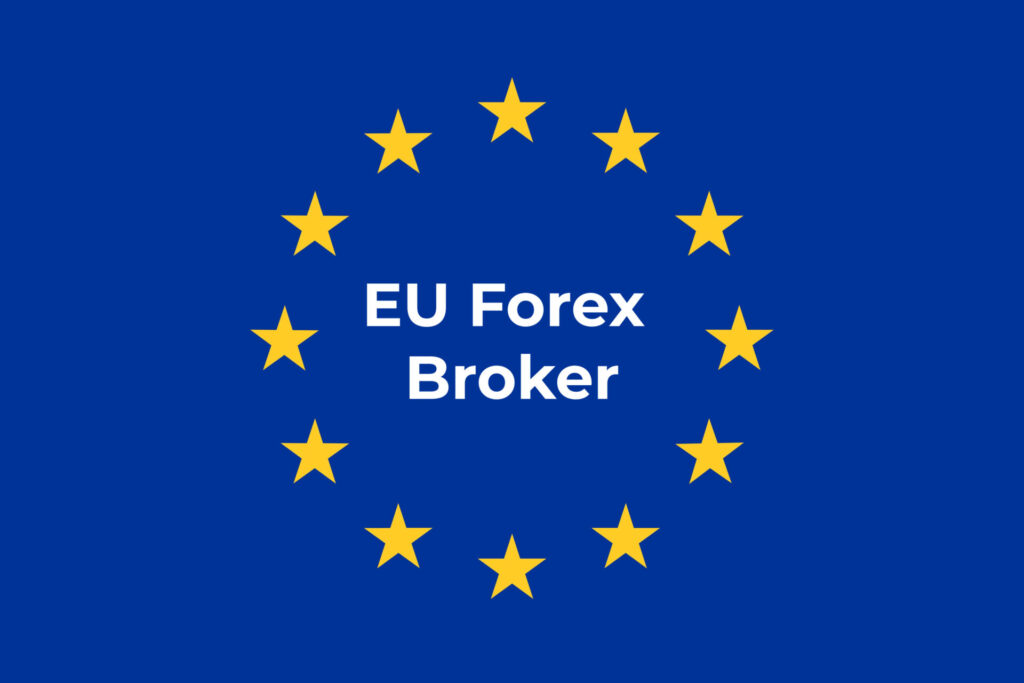
For readers new to our series, we provide insights into fundamental analysis and its role in the foreign exchange markets. Today, we continue our series where we will explore different types of exchange rate systems. Understanding these systems is essential for forex market participants, as they influence currency stability, international trade, and investment decisions. An exchange rate system, or regime, describes how a country’s central bank manages its currency in relation to other currencies. There are several exchange rate systems, including fixed, floating, and hybrid regimes, each with various subtypes. The choice of regime has significant implications for a currency’s behavior, making it crucial for forex market enthusiasts and other market participants to understand these differences.
What is An Exchange Rate System?
An exchange rate system, also known as an exchange rate regime, is how a country manages its currency in relation to foreign currencies and the foreign exchange market. This system dictates how the value of a nation’s currency is determined against others.
Which System Does Your Country Follow?
Organizations like the International Monetary Fund (IMF) regularly publish reports and data on member countries’ exchange rate regimes. The IMF’s “Annual Report on Exchange Arrangements and Exchange Restrictions” (PDF Version) provides detailed information on the exchange rate regimes of all its member countries.
Why Do Countries “Manage” Their Currencies?
Managing a country’s currency relative to other currencies is super important. It affects everything from how competitive a country’s products are abroad to the price of your morning coffee. If a currency is too strong, domestically produced goods might be too expensive for buyers in other countries. But if it’s too weak, all the goods we buy abroad might be too expensive.
This balancing act also helps control inflation. Nobody likes it when prices keep creeping up! Plus, it gives economies a bit of predictability, which investors love. They are risk-averse and prefer investing in stable economic environments.
Let’s not forget about debt; all countries borrow money. If a currency’s value drops, borrowers in that currency could see their repayments skyrocket. So, managing a currency isn’t just busy work; it’s crucial for keeping the economic ship steady.
When investors think a country isn’t handling its money well, they might start betting against it. This means they’re expecting the currency to fall in value and aiming to profit from that drop. This can stir up economic trouble, making things more unstable. An excellent way to avoid this mess is by managing exchange rates better. When a currency is more predictable, it stops investors from panicking and making those risky bets.
Are there Any Recent Examples of Currency Mismanagement?
In 2020 and 2021, the Turkish lira (TRY) faced significant depreciation. Turkey’s approach to handling its currency worried investors. The government wanted to keep interest rates very low to boost growth, even though inflation was shooting up. Usually, this means rates should go up, too. Because of this, investors engaged in short selling, betting against the lira and expecting it to keep dropping. This made the lira’s (TRY) value plunge even more, causing significant economic trouble. It’s a classic case of what can go wrong when a country’s currency isn’t managed well, making investors nervous.

What Are The Major Types Of Exchange Rate Systems?
Central banks use two primary exchange rate systems to manage the value of their currencies against others: fixed and floating. Each one is tailored to different economic strategies and priorities.
Fixed Exchange Rate System
First, the Fixed Exchange Rate System binds a country’s currency to another major currency or a basket of currencies. As a result, central banks play an active role here, buying or selling their currency to maintain a set exchange rate. This stability is excellent for international trade as it reduces the risk of sudden price changes.
This exchange rate system has several subtypes with specific characteristics and applications. Here are some of the key subtypes:
Currency Board Arrangement
- Currency Board Arrangement is an arrangement where a country’s currency is pegged at a fixed rate to a foreign currency, and the peg is maintained with very high levels of foreign currency reserves. Therefore, the central bank operates more like a currency board by strictly adhering to the peg and not engaging in other monetary policies like interest rate adjustments. Hong Kong is a famous example of a currency board system, pegging its currency to the U.S. dollar.
Dollarization
- Another fixed exchange rate system type is dollarization. Dollarization occurs when a country adopts another country’s currency as its own, often due to severe inflation, political instability, or a lack of trust in the domestic monetary system. This can provide economic stability and reduce inflation, but also means the country loses control over its monetary policy. Examples include Ecuador and El Salvador, which use the U.S. dollar as their official currency. It is an extreme fixed exchange rate regime in which a country adopts another country’s currency as its own. In dollarization, the domestic currency is completely replaced by a foreign currency.
Floating Exchange Rate System
Next, the Floating Exchange Rate System lets the market forces of supply and demand determine the currency’s value. This system doesn’t involve direct government intervention, allowing the currency to adapt quickly to economic shifts. However, this flexibility can also lead to higher volatility, which might be risky for economic planning. For businesses, increased volatility can make it difficult to forecast costs and revenues, particularly for those involved in international trade. Conversely, governments may find it challenging to manage fiscal policies effectively, as unpredictable currency movements can impact budget deficits, debt repayments, and overall economic stability. This system also has several subtypes.
Free-Floating system
- In a Free-Floating system, also known as a Clean-Floating System, the exchange rate can move completely freely according to the supply and demand for the currency in the foreign exchange market without government or central bank intervention. This system reflects true market conditions but can be subject to high volatility. In practice, it is hard to maintain in the long run.
Managed Floating
- Managed Floating, also known as a Dirty Float, is a system in which the market determines the currency’s value. However, the central bank might intervene occasionally to stabilize or guide the currency to avoid excessive fluctuations and maintain economic stability. Such interventions are typically not announced in advance and can vary in frequency and scale based on economic conditions.
Implications for the Foreign Exchange Market
As we have already established, exchange rate regimes can be fixed or floating, and each has its own implications for its respective currency. For example, a fixed regime makes things pretty predictable, which is great for businesses. Businesses like predictability and want to avoid nasty surprises from rate swings when dealing internationally. But for traders who like to capitalize on these fluctuations, it’s a bit of a snooze fest—less volatility means fewer opportunities to profit.
On the other hand, floating exchange rates are pretty volatile. They rise and fall based on market demand, without much interference. This can lead to dramatic swings if a piece of big news hits, making it a playground for speculative traders. They thrive on these movements, using economic indicators and global events to guess where currencies might head next.
The Role of Central Banks
The central bank’s role is central to this. Under fixed systems, they act as stabilizers, constantly adjusting their reserves to keep the currency pegged. In floating systems, they step back but stand by, ready to jump in if things get too out of hand.
And here’s where it gets challenging: if traders think a currency under a fixed regime is not worth its peg, they might start betting against it. If enough traders do this, it can lead to a financial crisis, like in Asia in 1997.
The 1997 Asian Financial Crisis is a classic example of the vulnerabilities associated with fixed exchange rate systems. It began in Thailand after the government was forced to float the Thai baht due to a lack of foreign currency to support its fixed exchange rate. The crisis quickly spread to other Asian economies with similar fixed or pegged currency systems, including Indonesia, South Korea, and Malaysia. Investors lost confidence, fearing that currency values were not sustainable, leading to massive capital outflows. The currencies and stock markets across the region plummeted, causing a severe economic downturn. This crisis highlighted the risks of excessive borrowing in foreign currencies under a fixed regime, where countries could not adjust their exchange rates flexibly in response to changing economic conditions. The aftermath led to deep recessions, increased unemployment, and social unrest, prompting many countries to reform their financial and monetary policies.

Understanding these regimes is crucial whether you’re a trader seeking profit opportunities or a business planning your next move. They shape not just the forex markets but can influence the entire economy.
Implications for Currency Traders and Investors
You can gain an edge as a currency trader or investor by understanding how different exchange rate systems work. It’s like having an insider’s view of what moves the big guys—central banks—might make next. It is not always clear-cut, but it is possible to get an idea of which way the wind is blowing and to set your sails accordingly, if you catch our drift 🙂
Central banks must keep their currency glued to another major currency in a fixed rate system. If you notice their currency slipping away from that fixed rate, you can bet the central bank will step in, selling off its dollar or gold reserves to prop it up. That’s a predictable play. Great for planning your next move.
Now, with a floating rate, things aren’t so direct. Central banks aren’t usually buying or selling their currency to control its price. Instead, they might tweak interest rates to influence the economy, which sways the currency. If you’re tuned into the economic news—like changes in inflation or job reports—you might catch the hints early about the central bank’s next big decision.
Knowing what signs to watch for can help you stay ahead in the trading game, whether you’re trading a fixed or floating rate.



